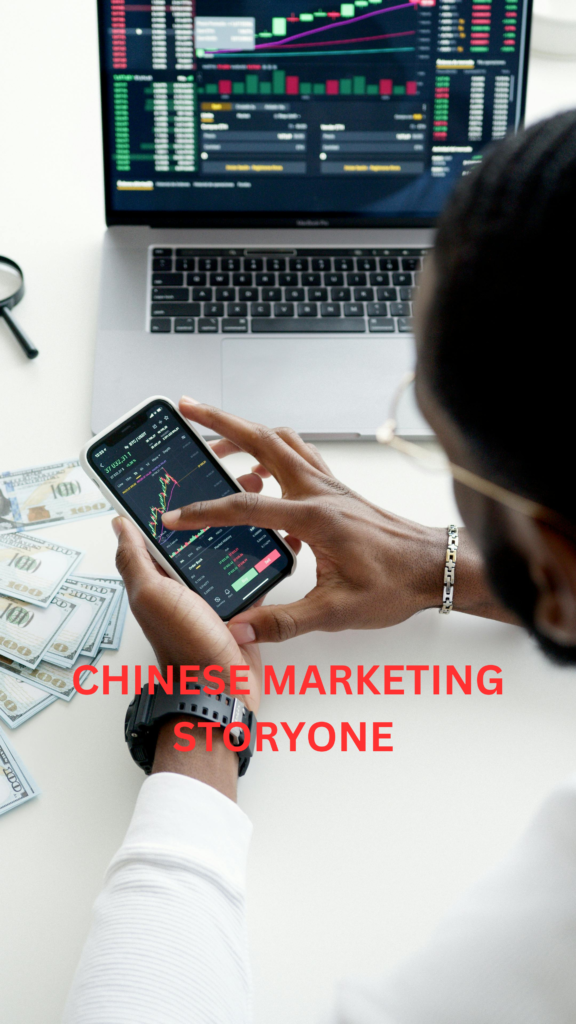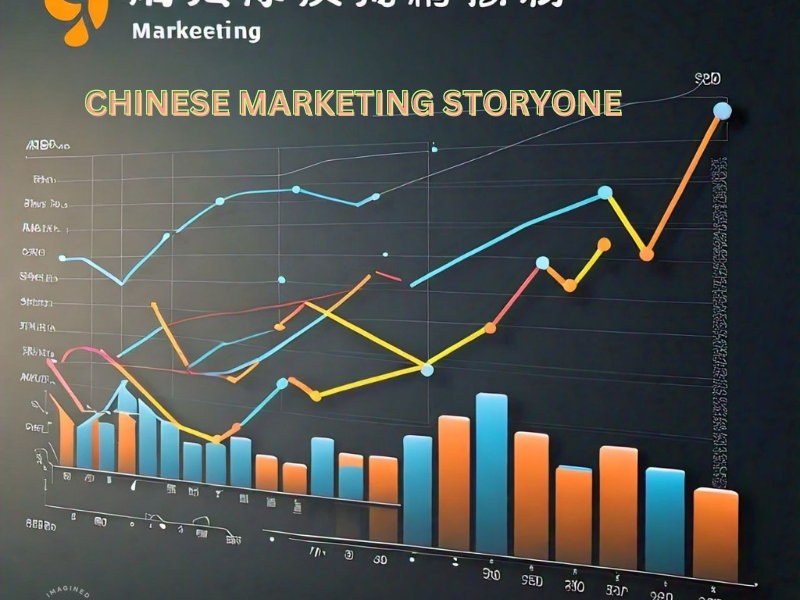In recent years, Chinese marketing storyone lhas gained global recognition, not just for its effectiveness but also for the innovative strategies that are reshaping how brands communicate with consumers. Yet, this rapid ascent has also sparked debates: Are Chinese marketing strategies genuinely innovative, or are they just clever adaptations of existing concepts? In 2024, as the global marketplace becomes increasingly competitive, understanding the nature of Chinese marketing is crucial for businesses worldwide.
The Evolution of Chinese Marketing Storyone: From Followers to Leaders
Historically, Chinese marketing storyone were often seen as imitators, replicating successful Western strategies to gain a foothold in both domestic and international markets. This approach was understandable; as China’s economy grew, so did the demand for consumer goods, and businesses sought the quickest path to success. However, this perception of Chinese marketing as merely derivative has changed dramatically over the past decade.
Today, Chinese companies like Alibaba, Tencent, and ByteDance (the parent company of TikTok) are not just copying trends—they’re setting them. These companies have pioneered innovative marketing strategies that leverage China’s unique digital ecosystem. For instance, the integration of e-commerce, social media, and mobile payments has created a seamless consumer experience that Western brands are now attempting to replicate.

The Role of Technology in Chinese Marketing Innovation
One of the most significant factors driving the evolution of Chinese marketing storyone is technology. The widespread adoption of mobile internet and the development of sophisticated algorithms have allowed Chinese companies to reach consumers in ways that were previously unimaginable.
For example, in 2024, livestreaming e-commerce continues to be a dominant force in China. Influencers and brands engage with millions of potential customers in real-time, blending entertainment with shopping in a format that is both interactive and highly persuasive. This method has proven so successful that it’s now being adopted by Western companies, albeit with varying degrees of success.
Additionally, China’s leadership in artificial intelligence (AI) has given its marketers a powerful tool to create hyper-personalized content. AI-driven insights allow for the segmentation of audiences on a granular level, ensuring that marketing messages are tailored to individual preferences and behaviors. In a congested market, this degree of personalisation is becoming more than just a competitive advantage.
The Creative Edge: Where Innovation Meets Culture
Chinese marketing storyone is also distinguished by its ability to blend modern technology with traditional cultural elements. This fusion of the old and the new creates campaigns that resonate deeply with Chinese consumers, who value cultural authenticity. For instance, brands often incorporate traditional festivals like Lunar New Year into their marketing strategies, using technology to amplify these cultural moments and reach a broader audience.
Moreover, the rise of “Guochao” (literally “national trend”) reflects a growing pride in Chinese heritage. Brands that successfully tap into this trend by emphasizing traditional Chinese aesthetics, values, and products have seen tremendous success. This cultural revival is not just a marketing gimmick; it’s a powerful strategy that fosters brand loyalty in a market where consumers are increasingly looking for products that reflect their identity.

Clever Copycats? The Fine Line Between Inspiration and Imitation
Despite these innovations, the question remains: Are Chinese marketing storyone strategies truly original, or are they clever adaptations of existing ideas? It’s undeniable that Chinese marketers have drawn inspiration from successful Western campaigns. However, it’s important to recognize that marketing is inherently a field of adaptation and evolution. What sets Chinese marketing storyone apart is how these ideas are reinterpreted and executed in a way that resonates with local audiences.
For instance, while influencer marketing was popularized in the West, China has taken it to new heights with the development of KOLs (Key Opinion Leaders) and KOCs (Key Opinion Consumers). These influencers wield significant power in the Chinese marketing storyone, with their endorsements often leading to immediate spikes in sales. The difference lies in the scale and impact of these influencers in China, where they are not just marketers but cultural icons.
Furthermore, Chinese companies have shown an exceptional ability to localize global trends. By understanding the nuances of their target markets, they can adapt and refine strategies to suit the cultural and economic contexts of different regions. This approach has been instrumental in the global success of brands like Huawei, Xiaomi, and Shein, which have managed to compete effectively in international markets by blending global appeal with local relevance.
Challenges and Criticisms: The Cost of Success
While Chinese marketing storyone have been widely praised, they are not without criticism. One of the main concerns is the aggressive nature of some campaigns, which can sometimes blur the lines between innovative and invasive. The intense focus on data-driven marketing has raised privacy concerns, as consumers become increasingly aware of how their information is used to influence their purchasing decisions.
Moreover, the sheer scale of China’s digital marketplace means that competition is fierce, and some brands resort to unethical practices to maintain their edge. This includes everything from fake reviews and inflated follower counts to aggressive price wars. Such practices have led to a growing mistrust among consumers, who are becoming more discerning in their choices.
In addition, the rapid pace of innovation in China means that what works today may not work tomorrow. Brands must continuously adapt to stay relevant, which can be both costly and risky. The pressure to innovate can lead to burnout and a focus on short-term gains rather than sustainable growth.

The Global Impact: Lessons for Western Marketers
The success of Chinese marketing storyone has not gone unnoticed by Western brands, many of which are now looking to China for inspiration. The integration of e-commerce with social media, the use of AI for personalization, and the emphasis on cultural authenticity are all strategies that have potential in global markets.
However, it’s important for Western marketers to remember that these strategies must be adapted to fit their specific contexts. What works in China might not translate directly to other markets due to differences in consumer behavior, regulatory environments, and cultural values. The key takeaway is the importance of flexibility and the willingness to learn from different approaches, blending global trends with local insights.
Conclusion: Innovation or Imitation?
In 2024, Chinese marketing storyone stands at the forefront of global innovation, driven by technology, creativity, and a deep understanding of cultural dynamics. While there is an element of adaptation in many of these strategies, it’s clear that Chinese marketing storyone are not simply copying—they are refining and redefining what effective marketing looks like in the digital age.
Whether seen as innovative pioneers or clever copycats, Chinese marketing storyone have undeniably made their mark on the global stage. One thing is certain as the globe watches China’s marketing development: the tactics that come out of this vibrant market will have a lasting impact and serve as an inspiration for years to come on the global marketing scene.
